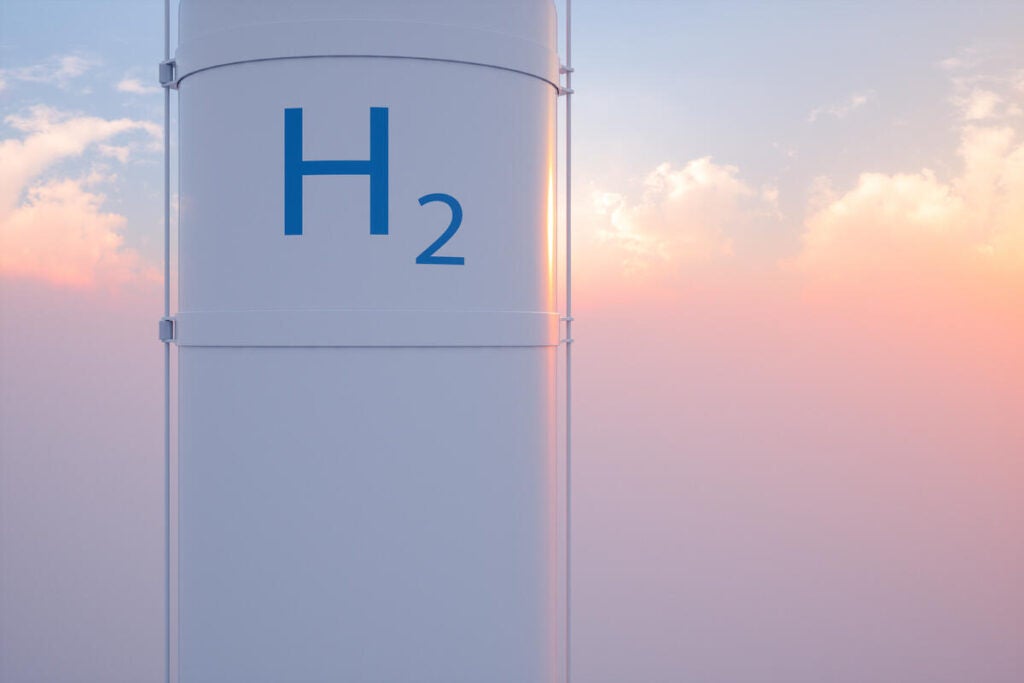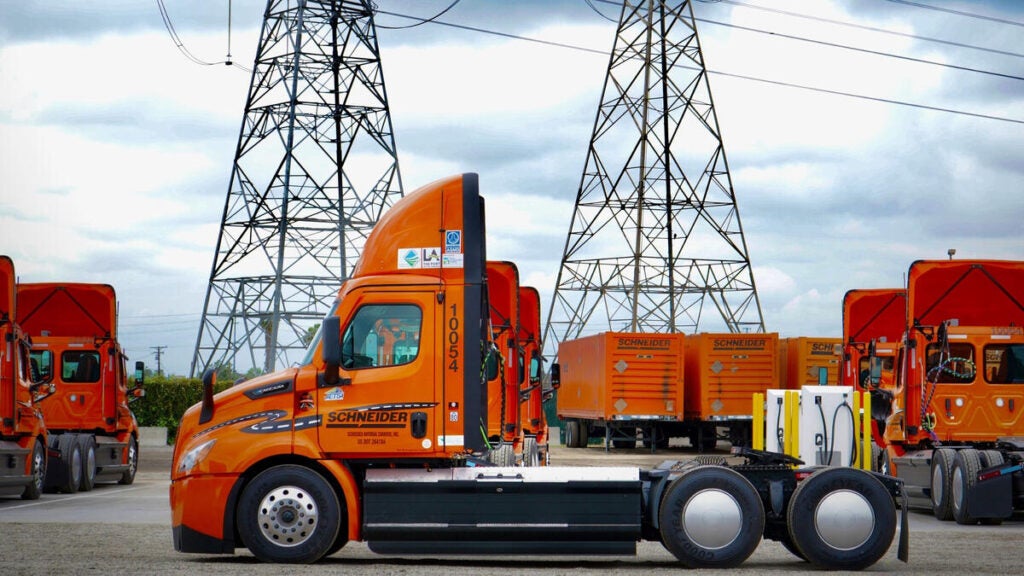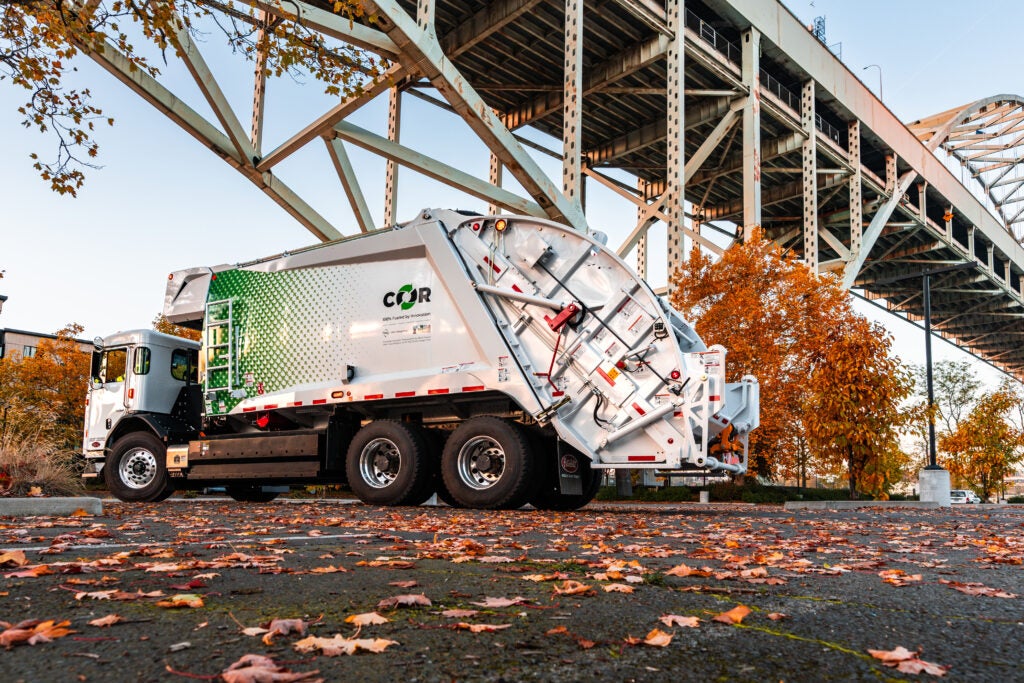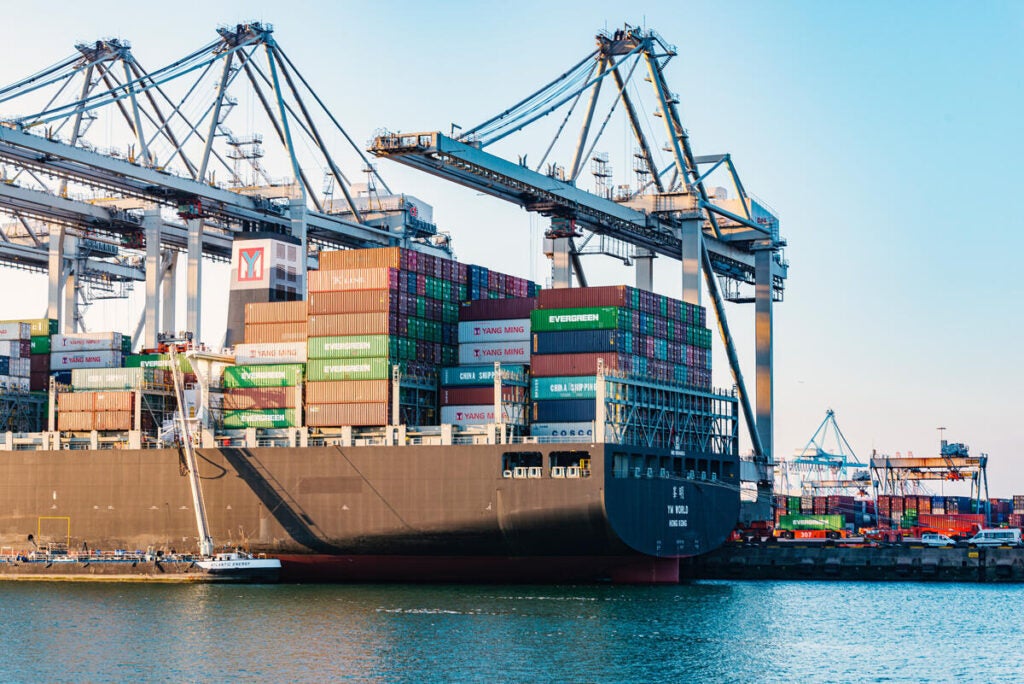 With COP29 just around the corner, the reality of how far we still have to go to meet global climate goals is coming into focus. A new United Nations (UN) Climate Change report finds “current national climate plans fall miles short of what’s needed”. Similarly, the UN Environment Programme reports that national pledges would only reduce emissions 4-10% below 2019 levels by 2030.
With COP29 just around the corner, the reality of how far we still have to go to meet global climate goals is coming into focus. A new United Nations (UN) Climate Change report finds “current national climate plans fall miles short of what’s needed”. Similarly, the UN Environment Programme reports that national pledges would only reduce emissions 4-10% below 2019 levels by 2030.
Yet, hydrogen is one of the climate opportunities that governments, industry and investors are excited about. Hundreds of billions of dollars in investment, as well as more than 50 national hydrogen strategies and roadmaps, have been put on the table to develop it. And the COP29 Presidency is focusing on putting those plans into action, with a new declaration that lays out what is required to address regulatory, technological, financing and standardization barriers to market acceleration.
Notably this includes a call for actions to ensure hydrogen deployment achieves maximum climate benefits. This is the crucial point if we want to avoid hydrogen becoming just another failed climate strategy. Whether labeled zero emission or low carbon, hydrogen is not a silver bullet: Poorly deployed, it can produce limited climate benefits, or even be worse for the climate in the near term (20 years from now) than the fossil systems it is slated to replace. This is because hydrogen is highly energy intensive to produce, and its production, management and use can trigger climate-warming emissions.
Read More »














